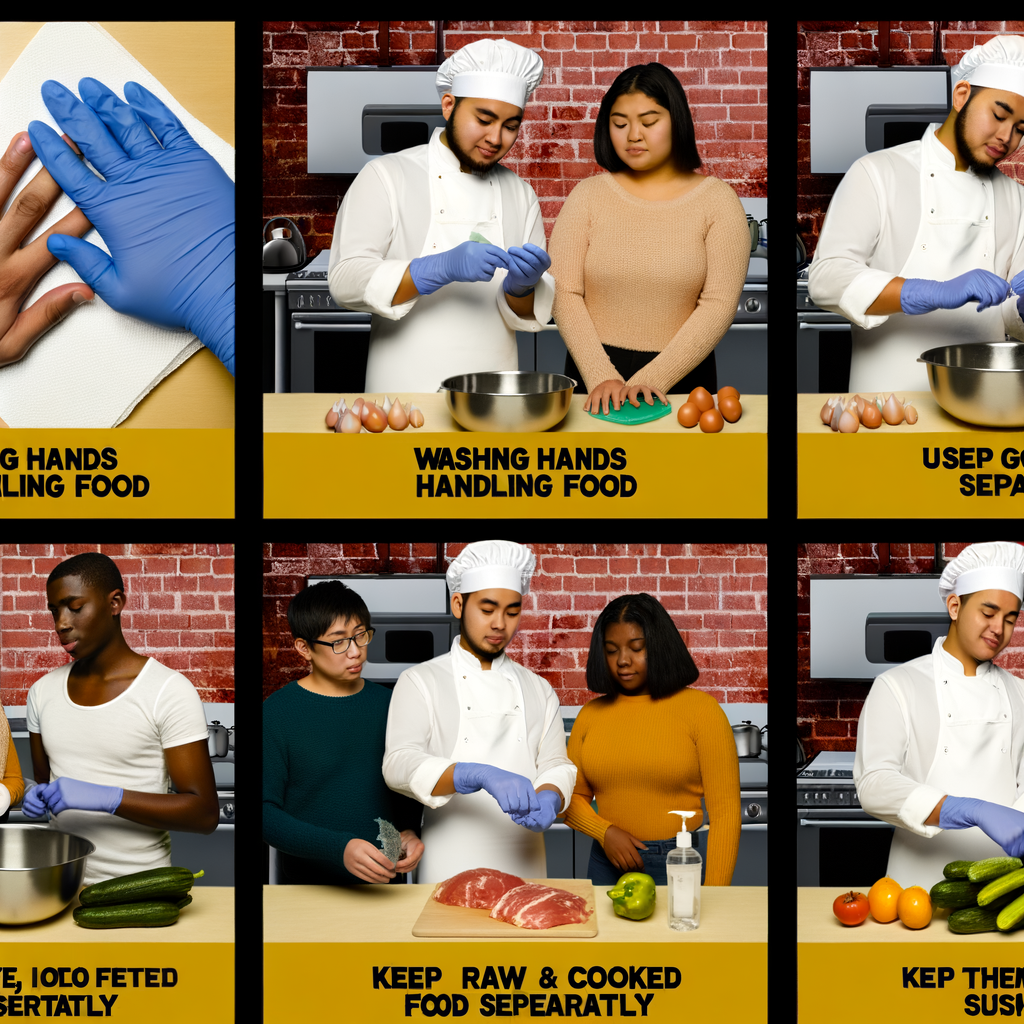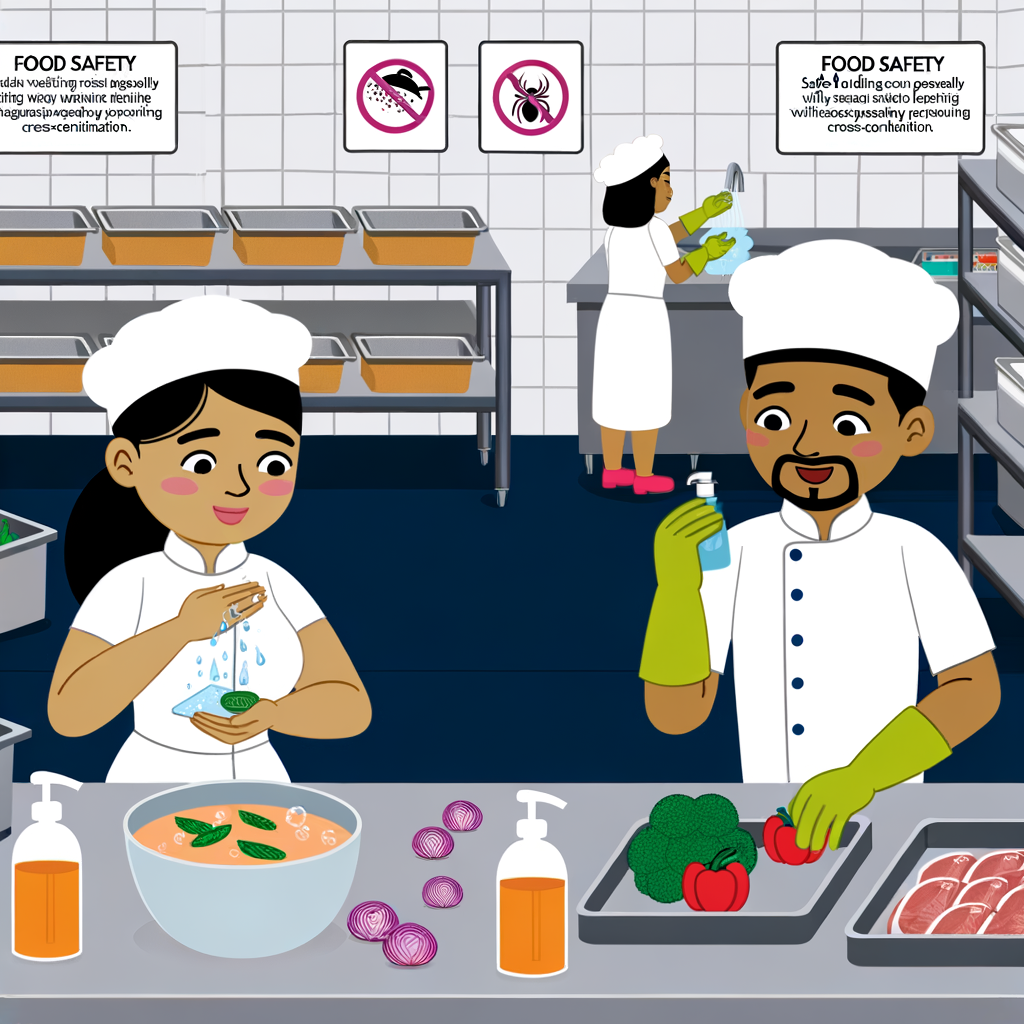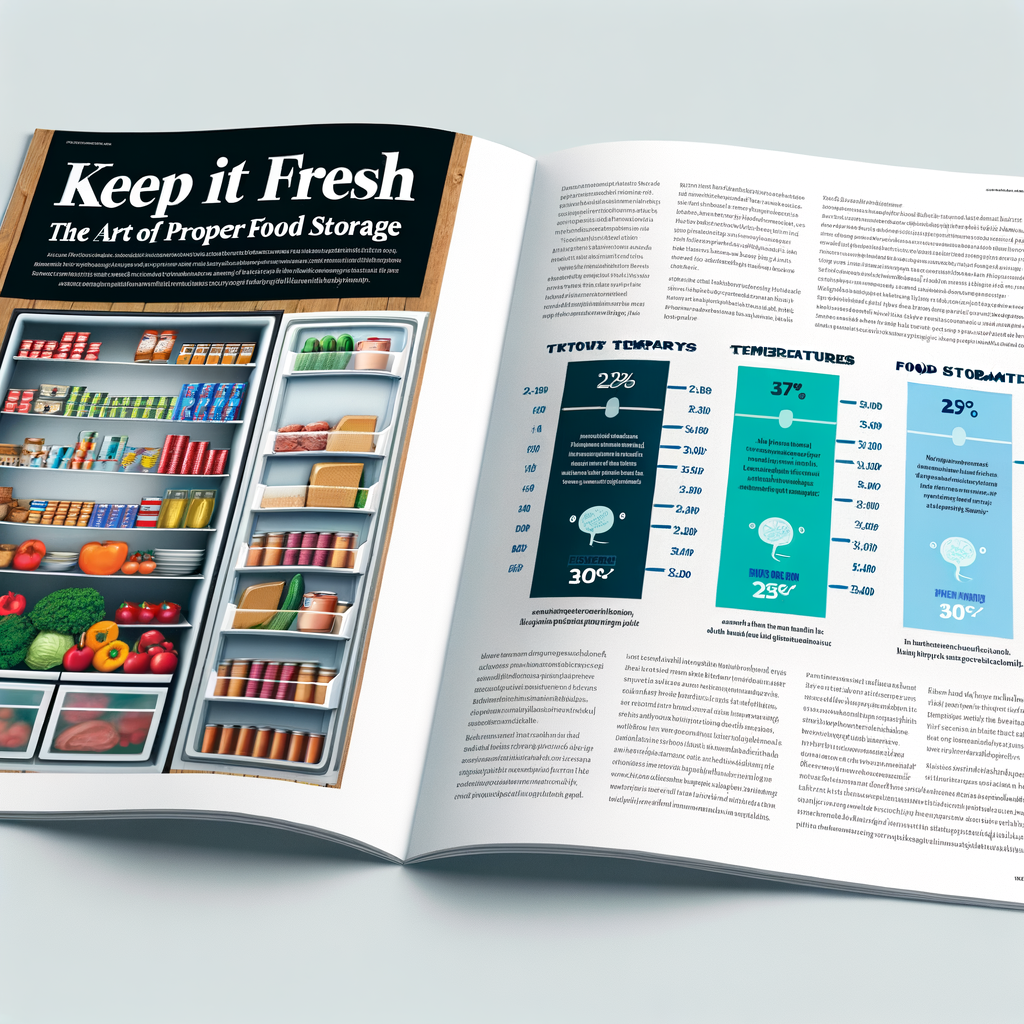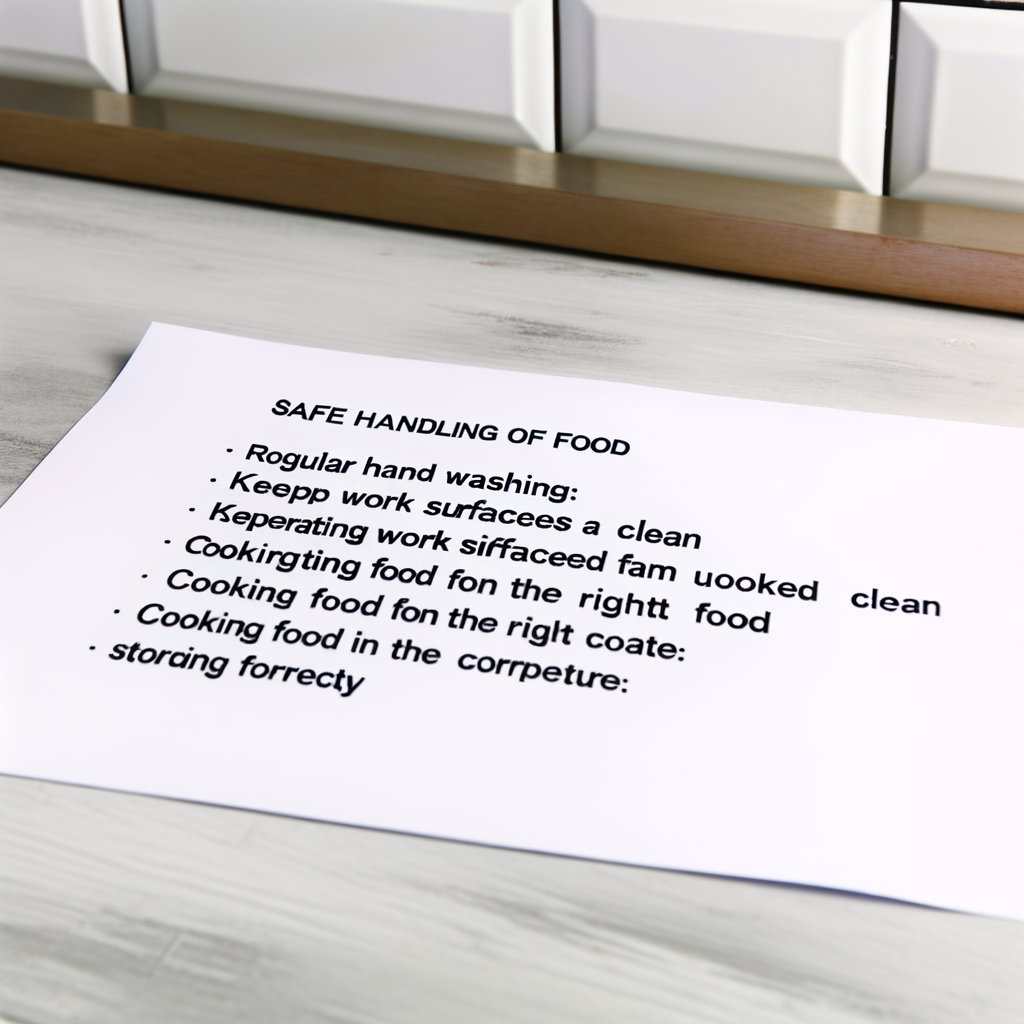As an expert chef, I have seen the importance of food safety firsthand. Safe handling is a crucial aspect of food safety that is often overlooked. Many people assume that as long as their food is cooked properly, it is safe to eat. However, the truth is that safe handling is just as important as proper cooking techniques. When food is not handled safely, it can lead to foodborne illness and even death.
So, what exactly is safe handling? It involves proper storage, preparation, and cooking of food. This includes washing your hands before and after handling food, storing raw meats separately from other foods, and cooking food to the appropriate temperature. It also means keeping your kitchen and cooking utensils clean and sanitized.
One common mistake people make is not properly thawing frozen meat. Leaving meat out at room temperature can allow bacteria to grow, leading to foodborne illness. The safest way to thaw meat is in the refrigerator or by using the defrost setting on your microwave. It is also important to never put cooked food back on a plate that previously held raw meat, as this can lead to cross-contamination.
Another important aspect of safe handling is cooking food to the appropriate temperature. This kills any harmful bacteria that may be present. Use a food thermometer to ensure your meats are cooked to the correct temperature. Ground beef should be cooked to an internal temperature of 160°F, poultry to 165°F, and pork to 145°F.
In conclusion, safe handling is crucial for food safety. By following proper storage, preparation, and cooking techniques, we can prevent foodborne illness and keep ourselves and our loved ones safe. As an expert chef, I urge you to pay attention to safe handling and make it a priority in your kitchen.





